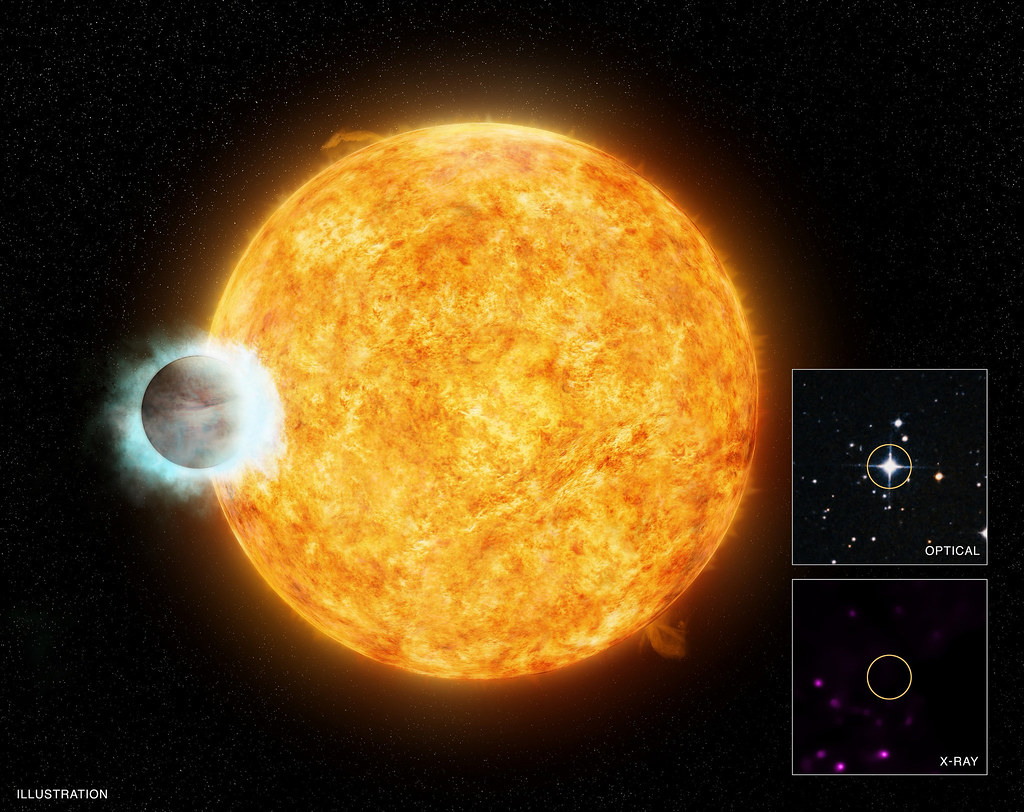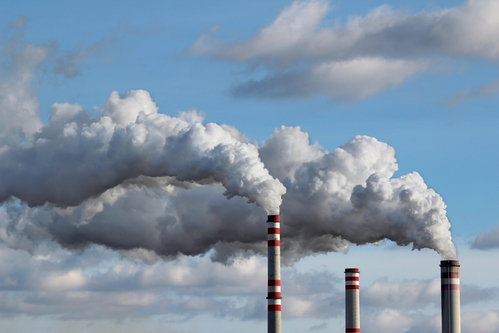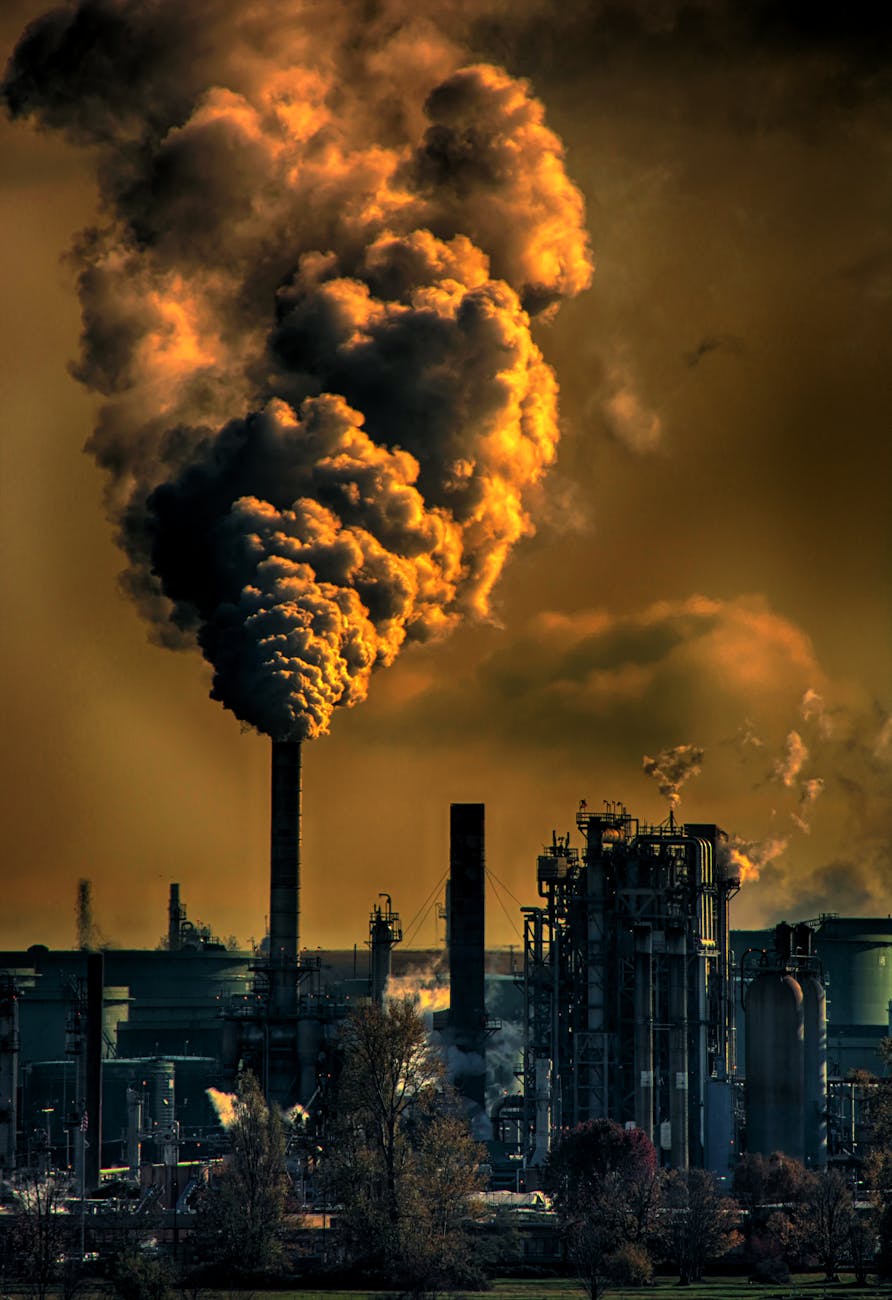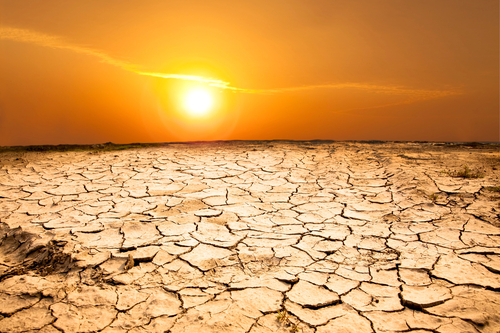
As thermometers spiked and heat waves swept across cities, a historical milestone was inadvertently set. The summer of 2023 wasn’t just another entry in the annals of warm weather—it became the hottest the Northern Hemisphere has witnessed in a staggering two millennia.

This fiery record was established not just through modern instruments but confirmed by the natural archives stored in the growth rings of trees.

Research from the University of Cambridge and Johannes Gutenberg University Mainz has pieced together this sweltering puzzle, revealing that 2023 surpassed even the natural climate variability of the past 2000 years.

Ulf Büntgen, co-author and Professor from Cambridge’s Department of Geography, noted, “When you look at the long sweep of history, you can see just how dramatic recent global warming is…2023 was an exceptionally hot year, and this trend will continue unless we reduce greenhouse gas emissions dramatically.”

Using tree rings, these natural chronicles of climate history, scientists reconstructed past summer temperatures, finding the summer of 2023 exceeded the 1.5°C warming limit set by the 2015 Paris Agreement.

In fact, the summer was a worrying 2.07°C warmer than the average from 1850-1900. These rings didn’t just recount the last few centuries but stretched back to the Roman Empire’s zenith, painting a stark picture of the relentless march of global warming.

Professor Jan Esper from Johannes Gutenberg University Mainz, the lead author, emphasized the exacerbating effect of current conditions, stating, “It’s true that the climate is always changing, but the warming in 2023, caused by greenhouse gases, is additionally amplified by El Niño conditions, so we end up with longer and more severe heat waves and extended periods of drought.”

Intriguingly, tree ring data reveal that most cooler periods in the last two millennia followed massive volcanic eruptions, such as the one that heralded a frigid summer in 536 CE—3.93°C colder than the summer of 2023.

Contrastingly, warmer phases often aligned with the El Niño climate pattern, known to bring hotter summers to the Northern Hemisphere. However, due to human-driven global warming, recent El Niño events have intensified, contributing to even higher temperatures.

The Southern Hemisphere, with its vast oceans, reacts differently to climate change, making global averages challenging to gauge. Despite this, the Northern Hemisphere data is a wake-up call.

The researchers warn of the urgency to curb greenhouse gas emissions, as continued inaction could lead to a cascade of record-breaking, sweltering summers in the near future.

While the study’s focus is on the Northern Hemisphere due to data limitations, the implications are global. Policymakers, strategists, and all those with an eye on the future—be it military, political, or environmental—must heed this call.

For military tech enthusiasts, the implications of climate change on global security are profound, potentially altering strategic bases, influencing conflict zones, and impacting the logistics of defense.

The story of Summer 2023 isn’t just about heat; it’s about the changing fabric of our world, where history, politics, and technology intersect. This is a story that bears relevance to all fields, a record-breaking phenomenon that weaves together the past and the urgent need to shape our future.

Relevant articles:
– Scientists declare summer of 2023 as hottest in two millennia!, Study Finds
– 2023 was the hottest summer in two thousand years, sciencedaily.com
– Summer of 2023 was hottest in two millennia, Yahoo News Canada
– Summer of 2023 was the hottest in 2,000 years in some parts of the world, researchers say, CBS News
